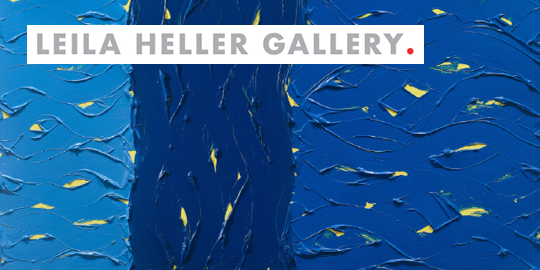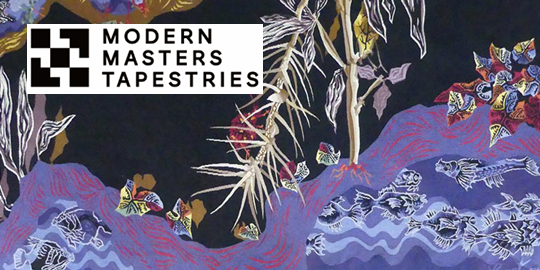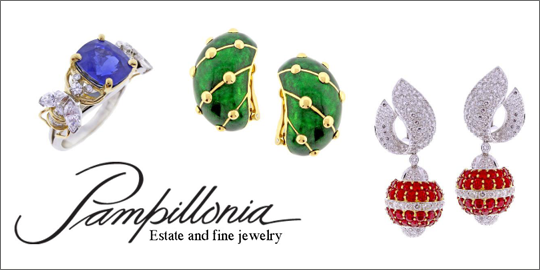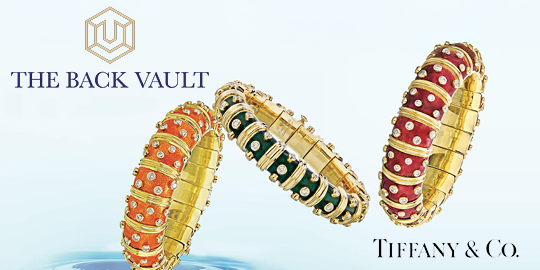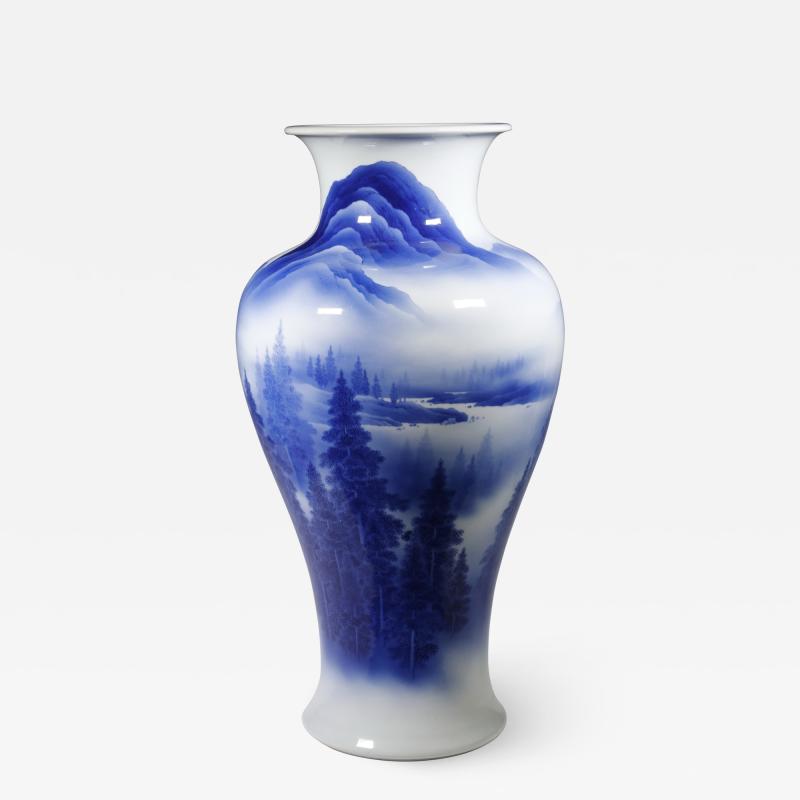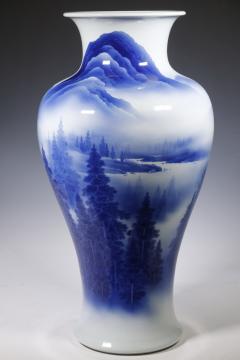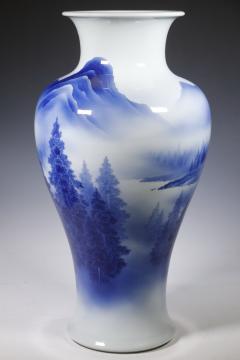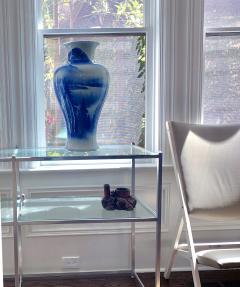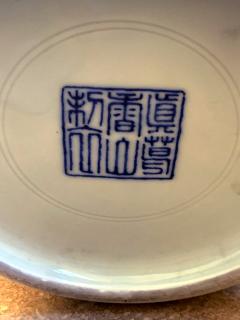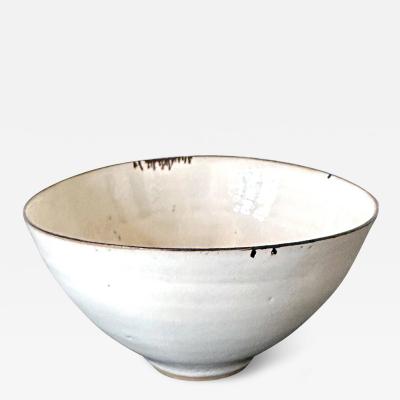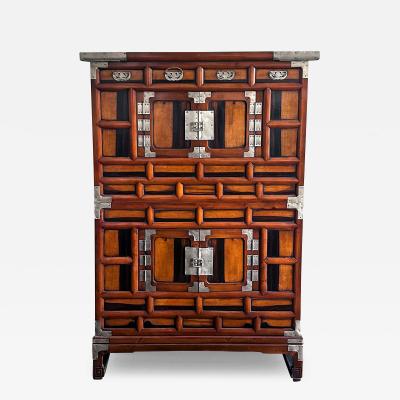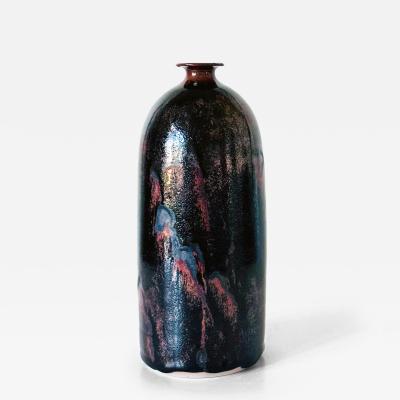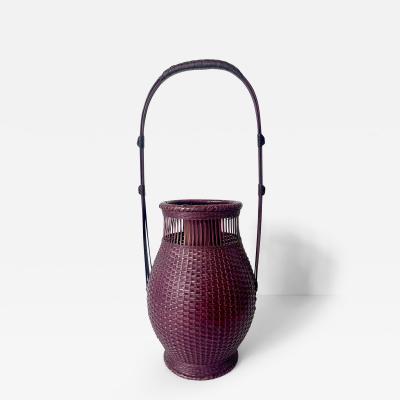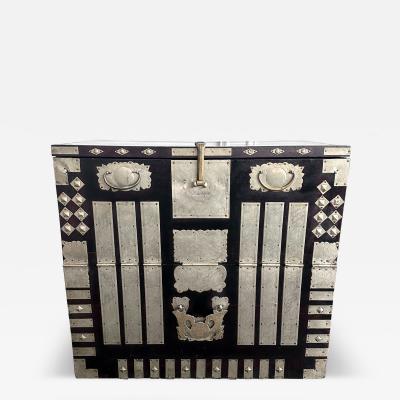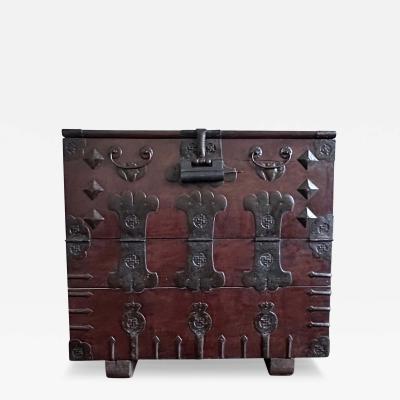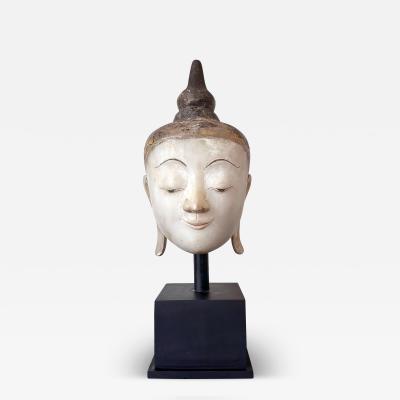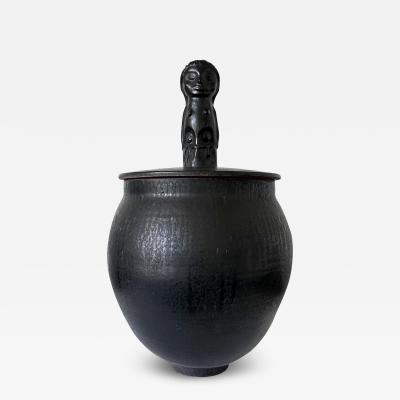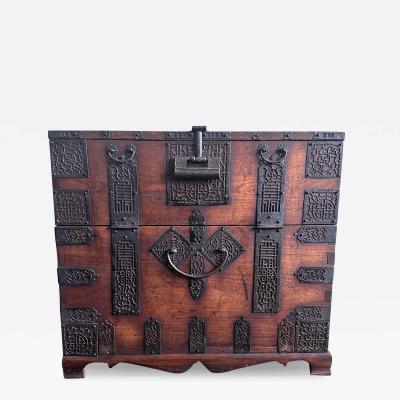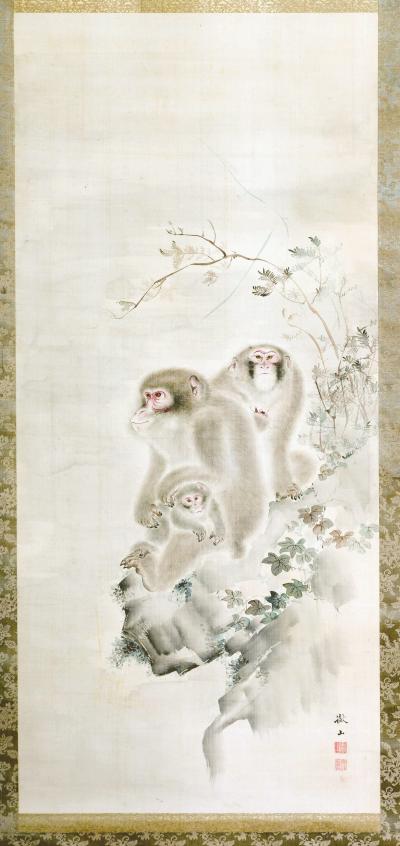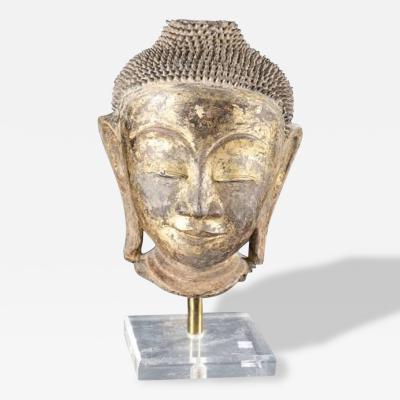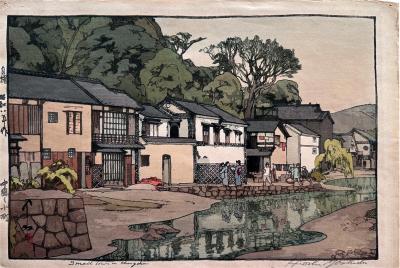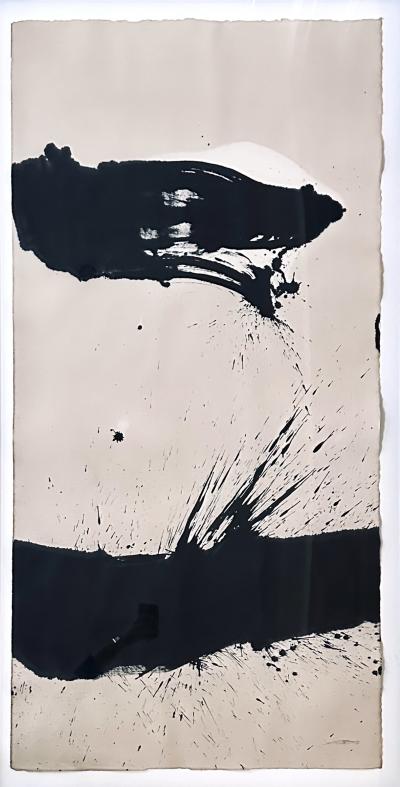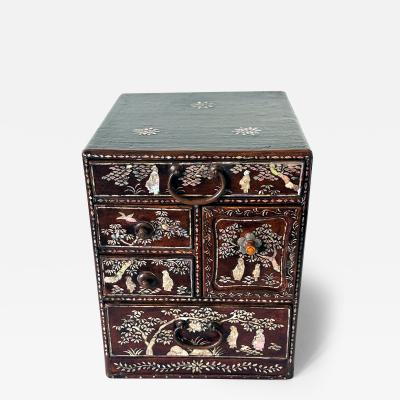Rare and Large Japanese Porcelain Vase Makuzu Kozan
-
Description
A striking blue and white vase from the studio of Japanese Potter Makuzu Kozan, also known as Miyagawa Kozan (1842–1916), one of the most established and collected ceramist from Meiji Period. Born as Miyagawa Toranosuke, Kozan established his pottery studio in Yokohama around 1870s and later became one of the appointed artist to the Japanese Imperial household. His work was exhibited in many international fairs that the Meiji government participated at the turn of the century and won many grand prizes.
With an impressively large size, this vase was likely made and reserved as a presentation piece for one of the many expositions the studio participated in the early 20th century. It was decorated with underglaze cobalt blue using the novel technique developed by Kozan called Fuki-e (the blow painting), in order to achieve the striking dimensional literary landscape known as "Mountain and Water". Being one of the most creative ceramists, Kozan started experimenting with new chemical colors from the West in the format of his porcelain glaze around 1880s. New colors allowed him to create underglaze designs that appeared bright, smooth and glossy. He even invented his own receipt of cobalt blue to achieve a much brighter yet softer shade, as evident on this vase. To create landscape that is realistic and dimensional, more common in the western paintings, he was inspired by the native Japanese ink painting technique developed around 1900 by Yokoyama Taikan (1868-1958) and Hishidan Shunso (1874-1911) called Morotai (Hazy style), and used cobalt blue on the porcelain like ink on paper. The fuki-e technique was demanding and uniquely featured in the works of Kozan studio.
The vase is decorated in a full circle of the continuous landscape that features mountainous peaks rising out of the ocean. Dense pine trees cover the valley and recess far into the mist. The design strikes the viewer with tremendous dimensional sense and poetic ambience. Also the tip of the mountain unconventionally climbs the shoulder instead of being confined to the body, another characteristic of the Kozan's work. It was signed underneath in an artist's archaic style seal, which the researcher dated it to Meiji 43rd year (1910). Works with these types of archaic seals were believed made mostly for oversea exhibition in International Expose during 1900-1920s. One of the best examples of Kozan's studio work.
For similar blue and white vases by Makuzu Kozan,
see Figure 2 of "Bridging East and West, Japanese Ceramics from the Kozan Studio" Walters Art Gallery. Emerson-Dell P.30.
two examples on page 182-183 of 'Miyagawa Kozan, 100 Years After Death" (Japanese version).
Figure 300 and 346 in Khalili collection "Splendors of Imperial Japan Arts of the Meiji Period from the Khalili Collection" P. 297 and 335. - More Information
-
Dimensions
H. 23.75 in; Diam. 12 in; H. 60.33 cm; Diam. 30.48 cm;
Message from Seller:
Tishu, based in Atlanta, GA, offers a diverse collection ranging from Neolithic art to 20th-century collectibles, with a focus on Mid-century design, Japanese and Korean art, Asian textiles, and Contemporary Aboriginal art. Driven by a passion for timeless beauty, the gallery is open by appointment only and offers works that span 5,000 years of history. Reach them at 305-400-0561 or tishu@tishugallery.com.


